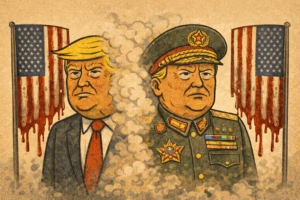Black Friday’s Relevance in the South African Context Amidst Economic Challenges
In South Africa, Black Friday has been adopted with much enthusiasm by retailers and consumers alike. However, its relevance and impact are viewed through a different lens, considering the country’s unique socio-economic challenges. South Africa grapples with high unemployment rates and significant income inequality, factors that profoundly affect consumer behavior and the overall significance of such shopping events.
Economic Disparities and Consumer Spending
The concept of Black Friday, with its roots in American consumerism, may seem disconnected from the realities faced by many South Africans. In a country where a significant portion of the population struggles with basic financial stability, the idea of a shopping spree is far from the minds of many. For those facing unemployment or living in poverty, the discounts offered on Black Friday are not just irrelevant but can also highlight the stark disparities in income and opportunity.
Retail Sector and Economic Stimulus
On the other hand, for the retail sector, Black Friday presents an opportunity to boost sales and, potentially, contribute to the economy. In a country battling economic stagnation, any stimulus in consumer spending can be seen as beneficial. However, this boost is often short-lived and may not contribute significantly to long-term economic growth or address the underlying issues of unemployment and inequality.
The Psychological Impact
The marketing and hype surrounding Black Friday can also have a psychological impact on consumers, particularly in a society with such pronounced economic disparities. It can create a sense of urgency and need that may lead to irresponsible spending among those who can least afford it. This aspect raises questions about the ethical implications of aggressive marketing tactics in a society grappling with financial hardship for a large portion of its population.
The Broader Economic Picture
For South Africa, the adoption of Black Friday is more than just a retail phenomenon; it’s a reflection of global consumer culture intersecting with local economic realities. While it offers a temporary boost to retailers, its impact on the broader economy is limited, especially in addressing long-term challenges such as unemployment and inequality. The day’s significance in South Africa must be considered within this broader context of economic disparity and the ongoing struggle for financial stability among a large segment of the population.

















